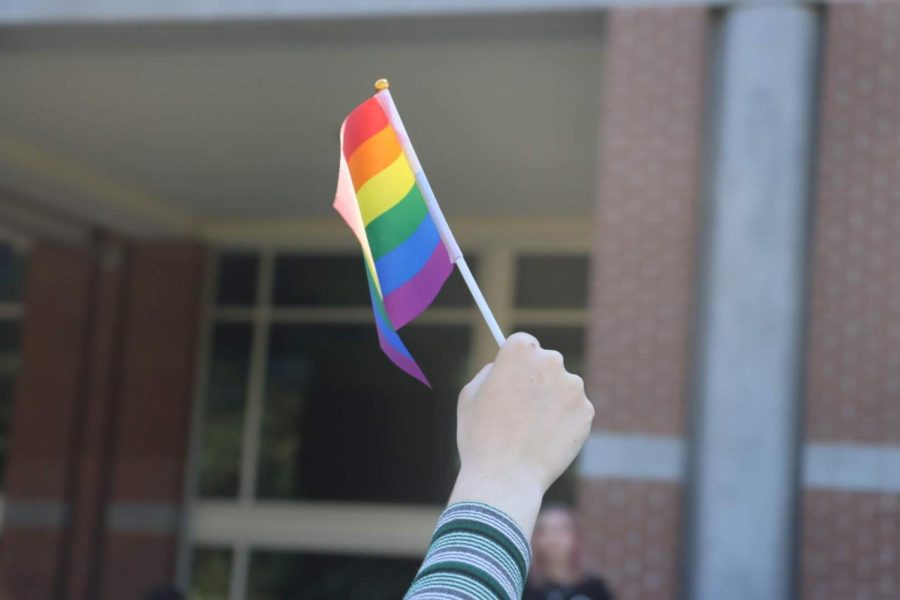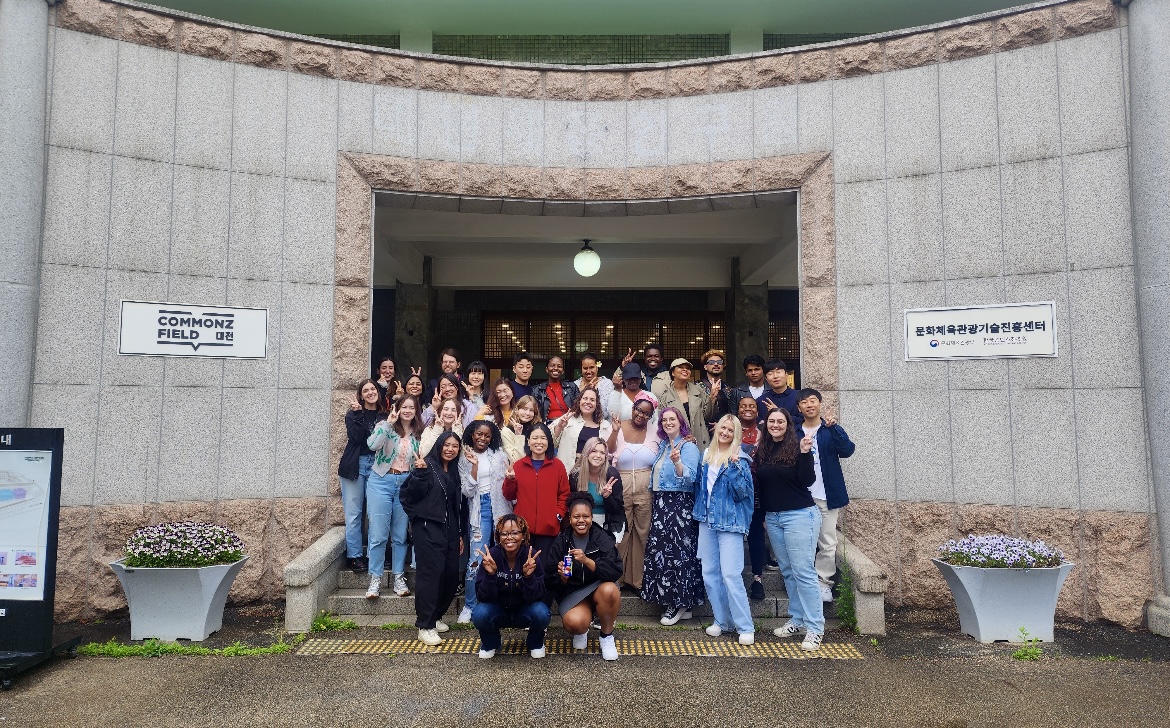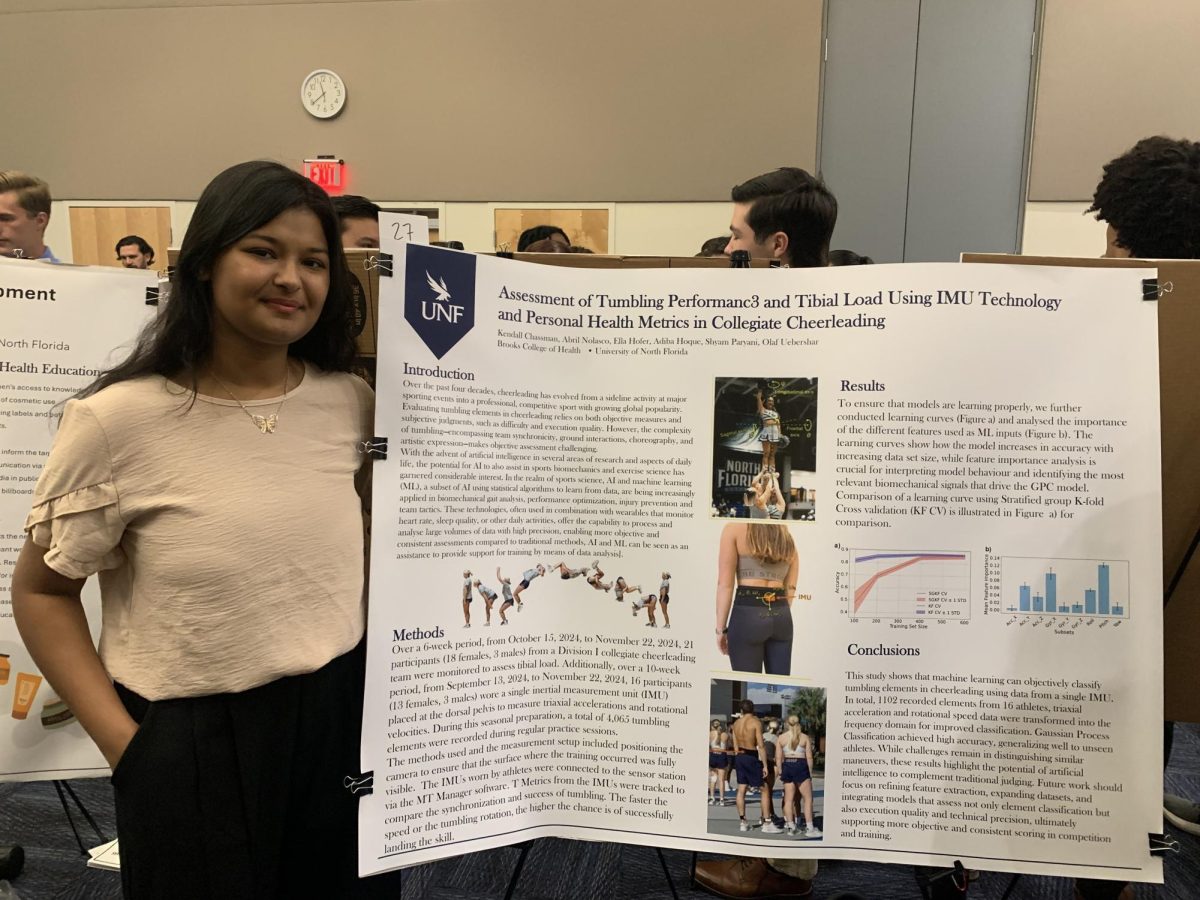
LinkedIn has been called the world’s largest professional networking site, and students are encouraged to have their own profiles in order to connect with professionals, leaders and employers. However, do these professionals really use this social media site and do people actually get hired through LinkedIn?
Even with all-star profiles, the social media site feels like a resume you can build online. You share your work and accomplishments, and connect with other students and professionals you meet, but once you’ve connected — that’s kind of it. Nothing else really happens on the site beyond that point.
According to a pamphlet provided by Career Services on “Using Social Media for Your Job Search,” LinkedIn allows you to keep a list of contact details of people they know.
Director of Career Services Richard Roberts said LinkedIn was meant to just be a networking site to connect people with one another more easily. These connections can benefit students by providing them with opportunities they wouldn’t have known about in the first place.
“LinkedIn is not a miracle site that automatically connects you to people,” Roberts said. “Just like traditional people-to-people networking, you have to put in time and effort to do the outreach and to make contacts with other professionals in the system. But the majority of people in this system are open to being contacted and wanting to make connections with other people.”
Ashley Ruiz is the principal of AR Marketing, and ironically enough I was able to contact her through LinkedIn. We met at a professional meet and greet at Top Golf, where she spoke about how networking was one of the most important tools for students to learn.
“I would value it as high as a college degree,” Ruiz said.
These connections can lead to job opportunities, and LinkedIn even has a section dedicated to job search. As of July 2017, there were more than 10 million active job listings available. Luckily, you can narrow down the search through filters.
LinkedIn allows users to apply directly to job positions, but you can also use LinkedIn to research more about the jobs and company you are applying for. For example, you can review the profile of hiring managers and see if you have any mutual contacts. You can find statistics that may include “the ratio of female to male employees, the percentage of the most common titles/positions held within the company, the location of the company’s headquarters and offices, or a list of present and former employees” according to the pamphlet.
Ruiz has used LinkedIn to pursue jobs by connecting with the company’s employees and asking how they like working there, or by even directly messaging her resume to the company’s HR.
“It sets you apart than applying online,” she said.
Be aware, however, just like you can research your future employer, they can also research you. So, you need to make sure your profile is not only professional, but engaging as well. Ruiz says your post needs to be relevant and prove some kind of value in your industry.
“You can’t be a passive participant,” she said. “You have to be engaged.”
Ruiz is on LinkedIn every single day, and recommends everyone should get their own profile too as the app is absolutely worth it.
“It’s free, and it’s not going to hurt you,” Ruiz said. “There’s no reason why you shouldn’t have one.”
—
For more information or news tips, or if you see an error in this story or have any compliments or concerns, contact editor@unfspinnaker.com.















